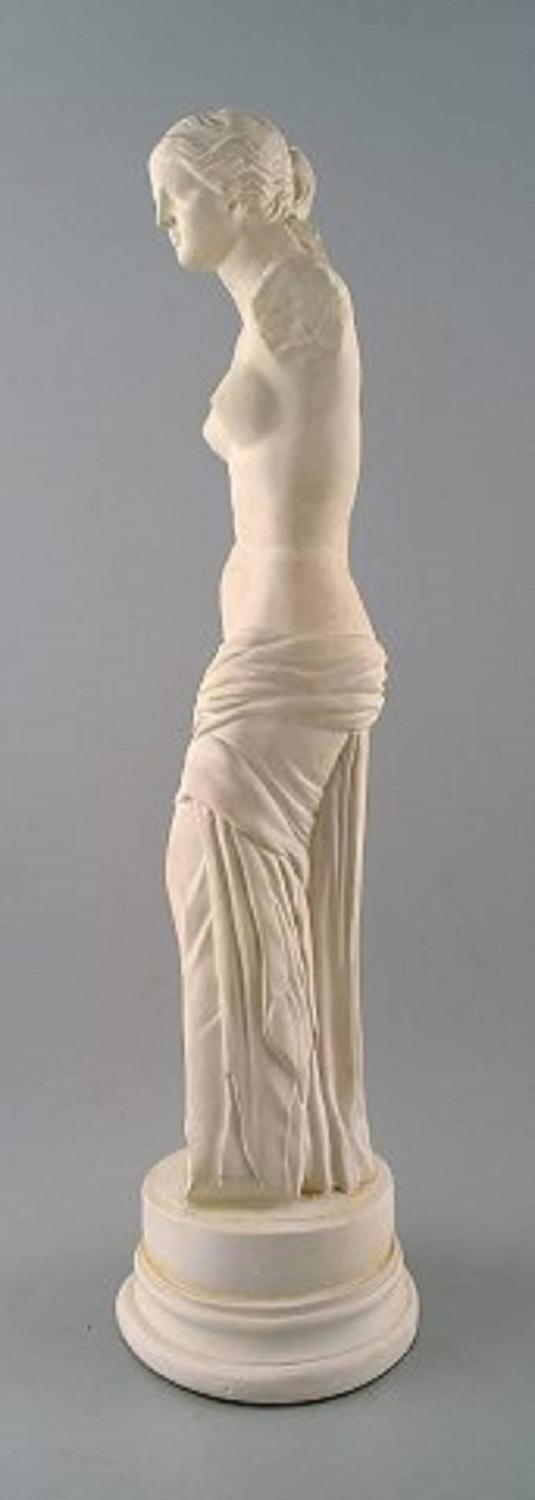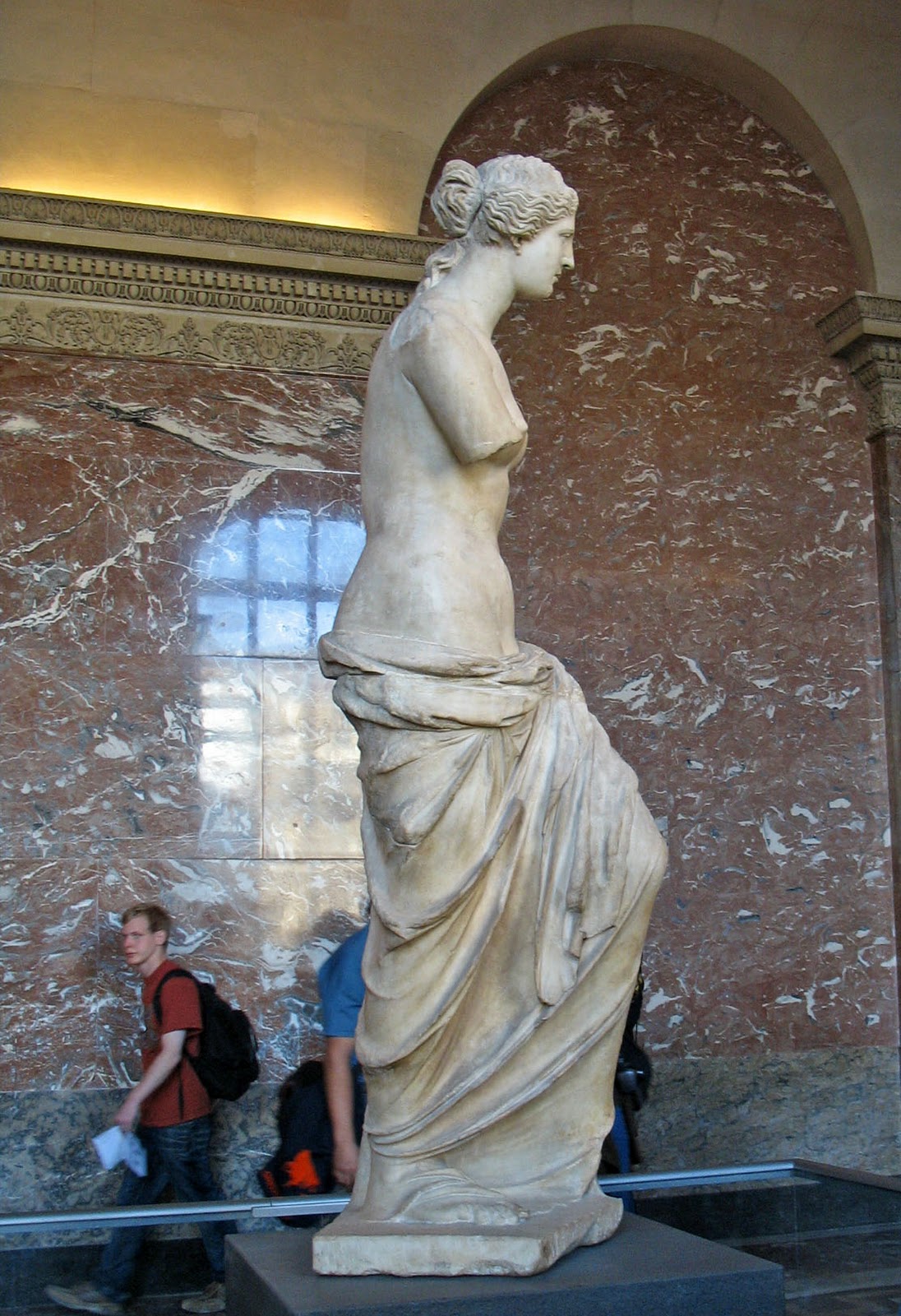

You will surely not be disappointed should you opt to visit Greece, though there are a number of things to consider while planning your trip, such as the best time of the year to visit and other travel considerations.For other uses, see Venus de Milo (disambiguation). Highlights of the island in the Aegean sea include the capital city of Plaka, crystal clear waters, adorable fishing villages and towns, and some truly stunning beaches. Though not as famous or iconic as islands such as that of Mykonos or Santorini, the off the beaten path island of Milos remains a hidden gem. And while the statue has been housed within the Louvre since 1821, it’s unclear as to how the Venus statue was acquired in the first place. In more recent years, there has been a push to get the statue returned to Milos, where many argue it belongs. A facsimile of the statue remains on the island and can be admired at the archaeological museum in Plaka. Well, the propaganda must have worked because today, the Venus de Milo (also known as the Aphrodite of Milos) is housed within the largest museum in the world, the Louvre in Paris. As a result, the French wanted to make a show of acquiring the Venus de Milo, referring to it as the ‘greatest treasure from antiquity’. This caused some embarrassment, considering that the piece was so valuable and such an asset. Previously stolen by Napoleon Bonaparte during a campaign, the French were forced to return the Medici Venus to the Italians. The world-famous status of the statue began during the 19th-century when the French had lost one of their more iconic pieces, the Medici Venus. Instead, the fame of the statue, much like that of the Mona Lisa, lies in the propaganda surrounding the piece as well as its controversial history. It’s not just the sheer craftsmanship of the statue which makes it so famous. However, subsequent evidence (namely in the form of a carved name on the plinth) points to the creator of the statue being Alexandros of Antioch. The Venus de Milo statue itself is thought to date back to 130 BCE and was originally thought to have been carved by the Great Greek sculptor, Praxiteles. The Venus de Milo stands at just over two metres tall and its discovery has certainly aided in promoting the myth that Milos was the birthplace of Aphrodite. Since the statue’s discovery, the original plinth it stood on has also since been lost. Several other carved marble fragments were also discovered at the time, though it’s unclear as to what happened to the statue’s arms. The Venus de Milo was originally discovered in a small sealed up cave, and broken into two pieces. Kentrotas had been searching for some stones for building material, and instead stumbled upon what has since been referred to as one of the greatest treasures of antiquity. It all started in 1820 when a farmer by the name of Yorgos Kentrotas (though there is no consensus on the farmer’s exact name) discovered the Venus de Milo statue quite by accident, somewhere between the village of Tripiti and the ancient Christian Catacombs. The story of the Venus de Milo in the modern era began in the 19th-century. Venus de Milo Discovery & The Greek Connection Other highlights of the volcanic island include exploring the Christian catacombs of Tripiti village, snapping photos of the pretty as a postcard Manrdakia village, and of course, seeing the ancient theatre and site where the Venus of Milos was found. Its capital is a small city by the name of Plaka and one of the most famous attractions on the island is the Sarakiniko Beach, a lunar-like landscape which wouldn’t look out of place on a sci-fi film.įor those looking for the ultimate Greek escape, Milos offers it all. Sparkling waters, small settlements, and traditional Greek food: Milos is much less populated than its neighbours and fewer tourists venture onto its shores.

Allegedly the birthplace of Aphrodite, thanks to its volcanic nature and breathtakingly beautiful scenery, Milos has been inhabited almost consistently for some 12,000 years. Milos, Hidden Gem of the Aegean Sea & Birthplace of AphroditeĪlso known as Melos (or Μήλος in Greek), the Greek Island is best-known as the site where the Venus de Milo statue from antiquity was rediscovered during the 19th-century.

Venus de Milo Discovery & The Greek Connection.Milos, Hidden Gem of the Aegean Sea & Birthplace of Aphrodite.


 0 kommentar(er)
0 kommentar(er)
